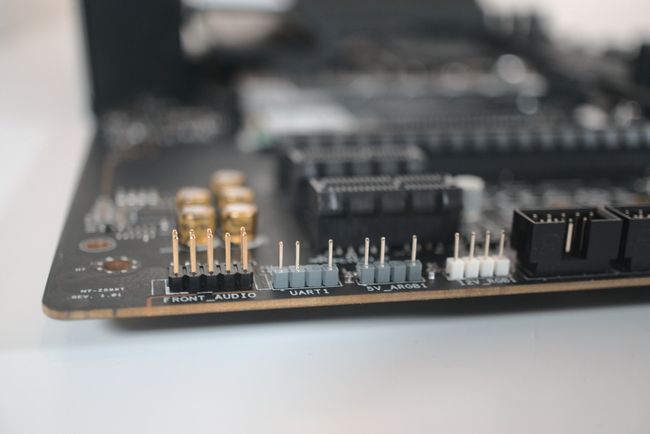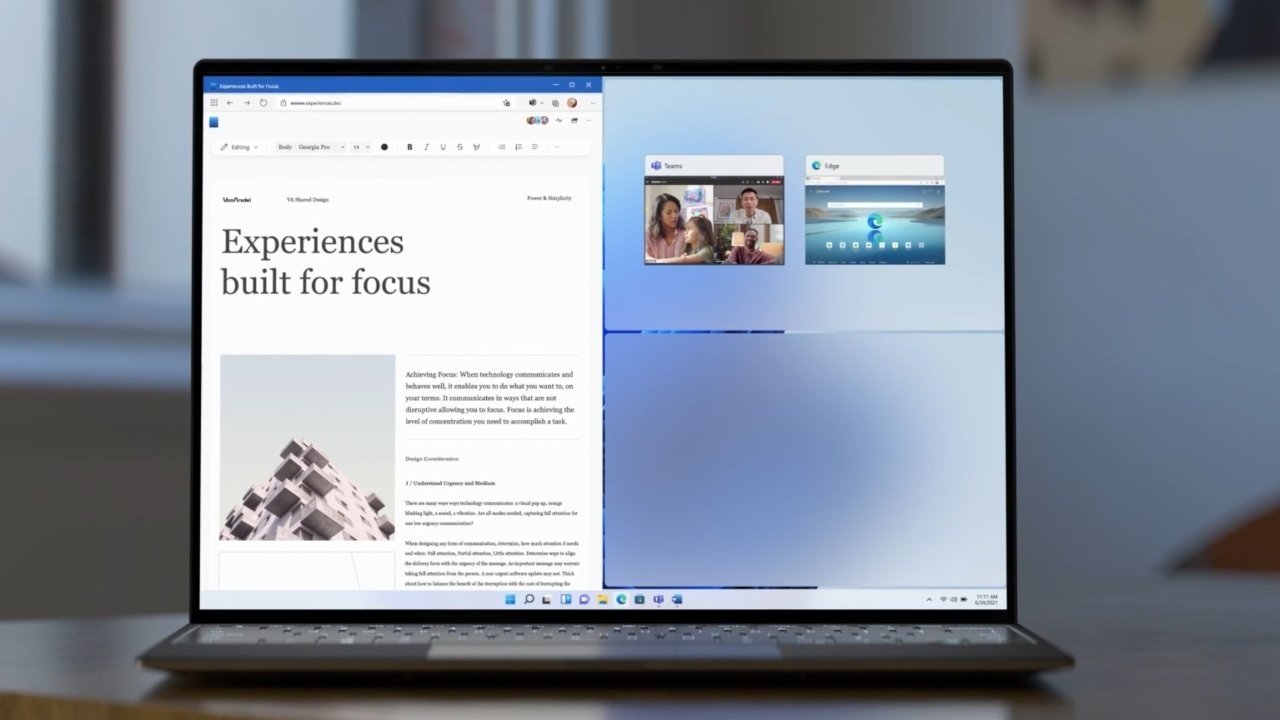

This brings up an interesting point… I haven’t been able to verify it myself, but according to, Microsoft’s own Surface Studio 2 is equipped with a TPM 2.0 chip, but is not compatible with Windows 11 because it uses a 7th generation Intel processor. Check to see which CPU is installed in your computer. If you have an AMD CPU, make sure that it is at least a second generation Ryzen. The 10 in 10850 indicates that this is a tenth generation chip. The machine shown in Figure 1 uses an Intel Core I9-10850K CPU. You can tell which generation is being used by looking at the CPU ID. If your computer is equipped with an Intel processor, then look for an 8th generation or higher CPU. This tab will show you which CPU is installed in your machine.

From within Windows 10, go to Settings, click on System, and then select the About tab. If you are unsure about how old the PC is, then another thing you can do is to check the CPU series. Keep in mind that the date when the system board was manufactured may be significantly older than the date of purchase. As such, if your computer was created before that date, then it's guaranteed not to be equipped with TPM 2.0 (newer machines may or may not have TPM 2.0 chips). If you are unsure of whether or not your computer is equipped with a TPM 2.0 chip then one of the easiest things to do is to check the computer’s age. Being that this requirement has thus far been the source of considerable confusion, I wanted to demonstrate a few techniques for figuring out if your PC is equipped with the required hardware. One of the big things that makes Windows 11 different from every previous version of Windows is that it requires the PC to be equipped with a TPM 2.0 module.


 0 kommentar(er)
0 kommentar(er)
